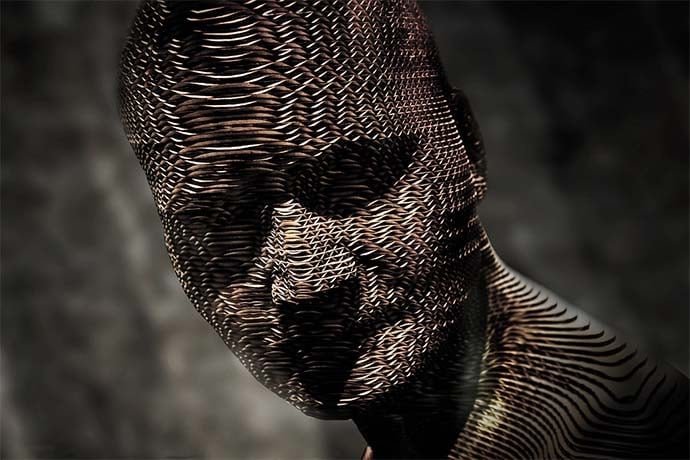It’s time to teach ethical app design.
Since the introduction of smartphones, it has always been clear that the widespread adoption of technology has had certain trade-offs. Being a teacher of 8th grade students, I’ve seen both the power of mobile computing, and the way it can change human behavior. For years now, I have taught JavaScript and app design as a part of my course, but I have also noticed students continually falling into negative patterns with technology.
Largely defined by the juggernauts of Silicon Valley, UX or user experience design has become rife with dark patterns and unethical elements meant to increase engagement. Students wade into these waters largely unaware of the pull some of these designs can have. However in the past year, the landscape around ethics in app design has subtly changed. In September of last year Netflix released a documentary called “The Social Dilemma”. Within the first few minutes of watching, I realized it would forever change my teaching around app design.
In the documentary, the viewer gets introduced to Tristan Harris, who was a design ethicist at Google until 2016. Harris has become a crusader for ethical design and started the Center for Humane Technology in 2018. Harris and the CHT have helped focus the attention of the world on the effects of dark patterns and unethical design in the app industry. From the pitfalls of the infinite scroll to the dangers of intermittent rewards, the documentary defines the inherent problems with technology built to manipulate psychological vulnerabilities. When you consider that between the ages of 10 and 14 nearly all my students become enmeshed with devices, apps, and gaming, this poses some very real problems.
As a result, this past fall I showed the documentary to all my 8th graders as a prelude to our unit on app design. Seeing developers weigh their design choices with the outcomes they cause was one of the most impactful moments for students. Conversations both wary of and in support of the devices they had stowed away in their pockets ensued after the movie. Their sophisticated questions showed me that this wasn’t the first time they had pondered these issues. Aren’t the trade-offs manageable? What other options do I have? What if I’m ok with giving away my personal data?
In the end, I came back around to comparing the world of mobile technology to a casino with colors, bells, lights, and chances at a windfall around every corner. If we are designing technology to not only make money, but be humane then is a casino the appropriate model for adolescents? What would design better suited for teenagers look like? And so, I tasked them with building apps for their 6th grade counterparts that were human-centered and ethical. What looked like an easy goal at first, became increasingly difficult as they found that engagement and replayability were at the heart of most of their designs.
In the end, the concept of ethics in mobile design remained a thorny problem that we didn’t solve, but many students were exposed to questions that will be integral to their generation and the generations to come. One student mentioned to me that maybe there just needs to be two ethical standards, one for adults and one for teenagers. This kind of thinking is the step in the right direction I was looking for with this unit, and I hope to take more steps in the future. While the industry has little impetus to self-regulate, we can empower students to be wary of pitfalls and practice more balance in their technological lives. Moreover, we can teach the coming generations about how technology can be humane. Right now it seems like an uphill battle, but working with students makes me ever hopeful for the future.
Learn More
Ethics in mobile app design
https://blog.proto.io/ethics-mobile-app-design/
Moral implications of Apps
https://www.antonsten.com/moral-implications-apps/
Why ethical App design is critical
https://www.telerik.com/blogs/why-ethical-design-is-critical-for-mobile-app-designers

